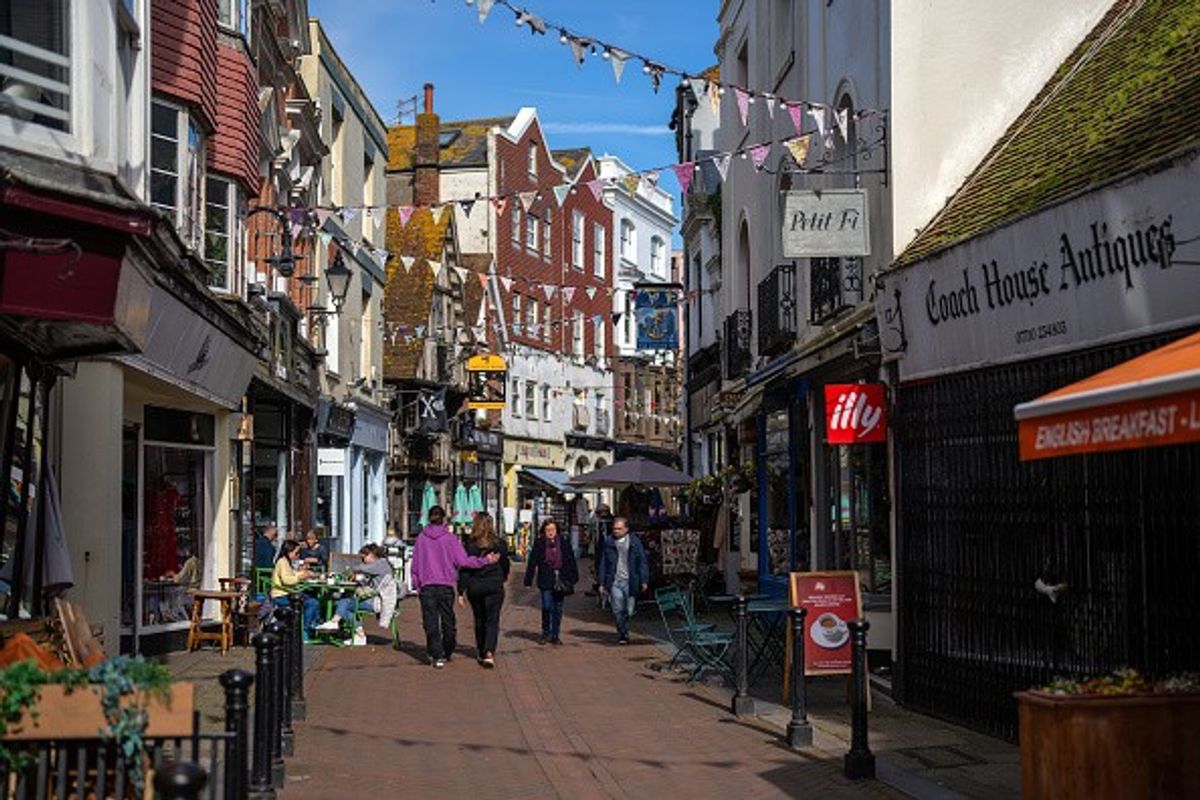High streets need to optimise for midweek office workers as Brits return to office, as shown by latest data on footfall, suggesting areas of focus for retailers such as extending trading hours in the evening and paying attention on grab-and-go meals.
According to the latest data from retail tech specialist MRI Software, retail footfall bucked seasonal trends in January, rising +1.4 per cent year on year across all UK retail destinations,
This marks the first annual increase in January footfall since 2016 (+1.2 per cent), outside of the pandemic period, suggesting that a stronger return to office work is driving retail visits as businesses push employees back to in-person work.
As expected, post-holiday footfall dropped sharply month on month, falling by almost -20 per cent across all UK retail destinations.
The decline was most pronounced in the second week of January, coinciding with schools and offices reopening, exacerbated by heavy snowfall and widespread travel disruptions.
High streets bore the steepest decline, with footfall plunging -22.4 per cent from December to January, followed by shopping centres at -21.7 per cent, while retail parks fared slightly better with a -16.5 per cent decline.
However, the shift back to office-based work was evident throughout January.
Weekday footfall rose by +1.6 per cent year on year, while weekend footfall dropped by -3.5 per cent, underscoring the growing weekday retail opportunity.
MRI Software’s Central London Back to Office benchmark showed a +1.4 per cent annual footfall increase, largely driven by a +4.4 per cent uplift during early evening hours (17:00-20:00). The trend suggests that after-work activity is picking up, offering retailers an opportunity to tap into office workers' midweek spending habits.
Data from MRI Software’s Consumer Pulse report reveals that evening shopping (post-5PM) is now the most common time for office workers to visit retail destinations, with 34 per cent preferring to shop after work.
Tuesdays, Wednesdays, and Thursdays see the highest overlap between office attendance and retail activity, with 58 per cent of respondents working in the office on Tuesdays and aligning shopping trips for midweek convenience.
Additionally, 31 per cent of respondents reported visiting high streets during lunch hours—more than any other retail destination—highlighting the importance of proximity and convenience for office workers on their break.


